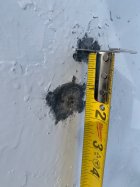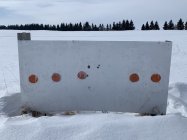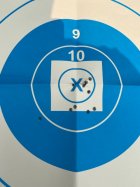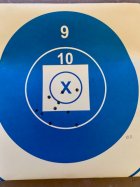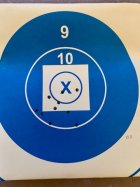Well, you can read 'Rifle Accuracy Facts' to learn about barrel connections, and consider what IS BEST.
What people have been doing for over 200yrs means nothing about best. It's just what people have been doing for 200yrs.
Studs provide a better connection than bolts, because they engage all threads at once, where bolts typically engage only the first few threads. But, read that book. Really
What people have been doing for over 200yrs means nothing about best. It's just what people have been doing for 200yrs.
Studs provide a better connection than bolts, because they engage all threads at once, where bolts typically engage only the first few threads. But, read that book. Really










